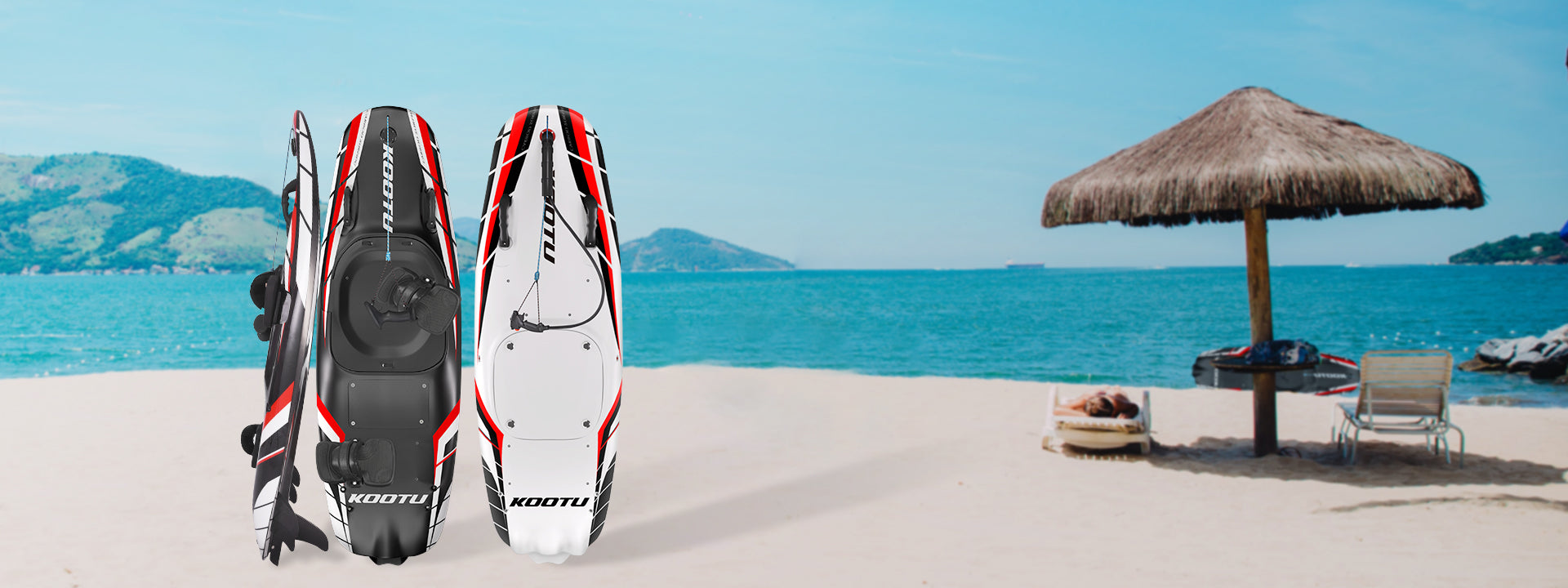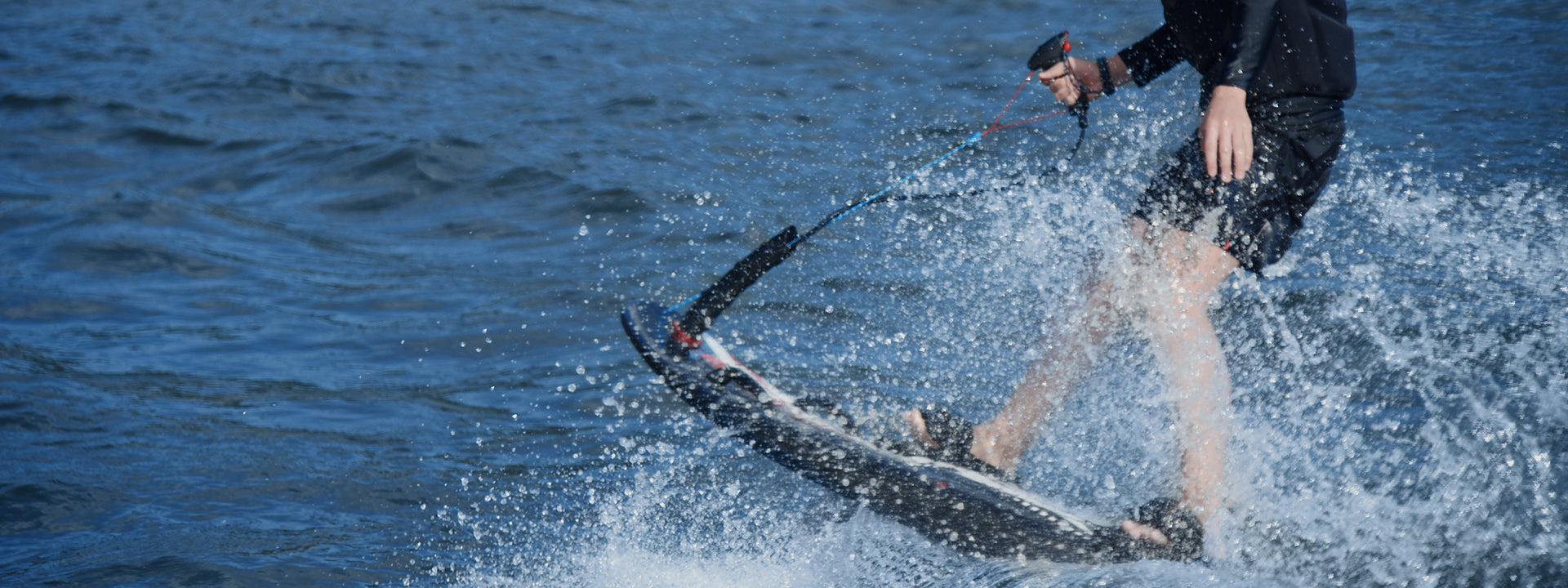How to prevent tire blowouts in summer?
Tire blowouts are more common in summer than in any other season. The combination of high temperatures, long road trips, and poorly maintained tires creates a dangerous situation for cyclists alike. Whether you're planning a summer road trip or daily commuting in the heat, knowing how to prevent tire blowouts can keep you safe and save you from costly repairs or accidents.

Why Are Tire Blowouts More Common in Summer?
During summer, road surfaces can reach extreme temperatures—sometimes over 60°C (140°F). Heat causes the air inside your tires to expand, increasing tire pressure. If your tires are already worn or overinflated, this added pressure can lead to a sudden blowout. Other contributing factors include:
Accelerated tire aging due to UV exposure
Hot pavement softening tire rubber
Sharp objects or debris on dry roads
Heavy vehicle loads on long trips

5 Practical Tips to Prevent Summer Tire Blowouts
1. Check Tire Pressure Regularly
High temperatures cause tire pressure to rise. Always check your tire pressure when tires are cool—preferably in the early morning. Use a reliable tire gauge and compare the results with your vehicle or bicycle's recommended PSI. Never rely solely on visual inspection.
2. Don’t Overinflate Your Tires
Some riders mistakenly inflate their tires to the maximum PSI indicated on the tire sidewall. Instead, follow the manufacturer’s recommended pressure (Note: Tire pressures range from 85-120 PSI for KOOTU road bikes and 50-75 PSI for KOOTU gravel bikes.). In ·Q·summer, consider slightly reducing pressure within the safe range to account for heat expansion.
3. Inspect for Wear and Cracks
Hot weather accelerates rubber degradation. Look for:
Cracks in the sidewalls
Bald tread areas
Uneven wear patterns
Replace any tire that shows signs of aging or damage.
4. Avoid Riding or Driving During Peak Heat
If possible, avoid traveling between 12 PM and 4 PM when road temperatures are at their highest. Early mornings or late evenings are not only cooler but also safer for your tires.
5. Replace Old Tires in Time
Even if a tire looks okay, it may be past its safe lifespan. Most vehicle tires should be replaced every 5–6 years, while bike tires usually last 2–3 seasons depending on usage. If you're unsure, consult a mechanic or your local bike shop.
Bonus Tip: Keep a Tire Repair Kit Handy
Whether you're driving a car or riding a bike, always carry a tire repair kit and know how to use it. In case of an emergency, being prepared can help you avoid being stranded in the heat.

Conclusion
Tire blowouts can be terrifying, especially at high speeds or in remote areas. But with regular maintenance, proper tire pressure, and awareness of summer conditions, you can greatly reduce the risk. Stay safe this summer by giving your tires the attention they deserve—and enjoy the road with confidence.













